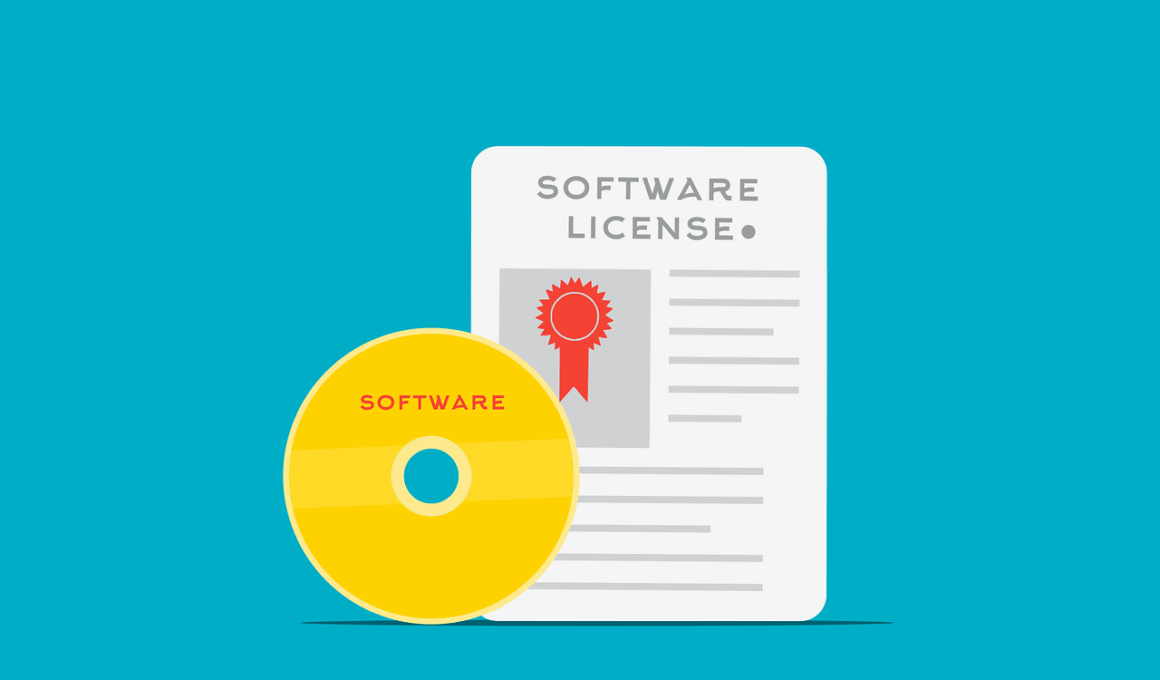Dynamic Pricing for Subscription Services: Best Practices
Dynamic pricing has emerged as an important strategy for subscription services aiming to adapt to market demands and enhance profitability. This model allows businesses to adjust prices based on various factors such as user behavior, demand fluctuations, and competitor pricing strategies. For subscription-based companies, implementing dynamic pricing can lead to an increase in customer engagement and revenue generation. To maximize these benefits, businesses must develop effective pricing algorithms that analyze real-time data. This data-driven approach provides insights to identify optimal pricing points, allowing companies to respond to market changes swiftly. Understanding the target audience is crucial in this process, ensuring that pricing aligns with the perceived value by customers. Incorporating customer feedback into the pricing model also enhances user satisfaction, as consumers feel their opinions influence pricing decisions. These elements together create a holistic pricing strategy that not only attracts new subscribers but retains existing ones as well, significantly boosting customer lifetime value. This synergy between pricing strategy and customer expectations is key to successful dynamic pricing implementation.
Establishing a data-driven approach is key for subscription services aiming for effective dynamic pricing implementation. Data analysis should include factors such as historical sales trends, user demographics, and subscription behaviors. By effectively analysing this data, businesses can uncover patterns and trends that can inform pricing strategies. For instance, understanding peak usage times can help in pricing adjustments that maximize revenue during high-demand periods. Implementing a cohort analysis approach can further segment users, allowing for tailored pricing strategies. Feasible segmentation could be based on usage patterns, payment history, or demographic information. A/B testing proves advantageous for evaluating different pricing strategies on specific user segments. This testing method enables businesses to determine which pricing model yields better results based on specific metrics such as customer acquisition cost or churn rate. It’s essential to monitor these metrics regularly to make real-time adjustments. This agility ensures that the subscription service remains competitive in an ever-evolving landscape. Regularly revisiting pricing strategies and methods also encourages a culture of innovation, fostering long-term success in subscription services.
Communicating Pricing Changes Effectively
When implementing dynamic pricing, clear communication with customers is critical. Customers should be informed of any changes in pricing, ensuring they understand the rationale behind adjustments. Transparency fosters trust and can mitigate dissatisfaction or confusion regarding price hikes. Providing justifications for price changes, such as enhanced service features or increased costs, helps customers appreciate the value provided. Therefore, effective communication strategies might involve email notifications, updates through app notifications, or dedicated pop-up messages during the subscription renewal process. Not only should companies focus on informing customers about the pricing changes, but they should also explain how these changes contribute to improving their experience and service quality. Additionally, employing customer support channels to address inquiries post-adjustment is essential. This proactive approach helps maintain subscriber loyalty and satisfaction during transitions. Offering promotional discounts or loyalty benefits during pricing transitions can further ease customer concerns, ensuring smoother acceptance of the new pricing structure. By approaching pricing changes with care, subscription services can navigate customer sentiment effectively while executing dynamic pricing strategies.
One of the primary challenges in dynamic pricing for subscription services is dealing with customer perception. Users often associate pricing changes with negative experiences, especially if they feel these changes are unjustified or unpredictable. Therefore, businesses must aim to build a value-oriented brand mindset, creating a scenario where users willingly accept price modifications. Emphasizing the benefits of dynamic pricing through marketing channels can help reshape these perceptions. Tailoring marketing efforts to highlight the added value that corresponds with pricing changes is essential. For instance, demonstrating how price adjustments enable the introduction of superior features, enhanced customer support, or increased service reliability can be powerful drivers for customer acceptance. Additionally, companies may also consider implementing loyalty programs that reward long-term subscribers. These programs can encourage customers to remain committed, even during price shifts. Moreover, promoting the advantages of using a subscription service over traditional purchasing methods can further reinforce customer loyalty. By constructing a narrative that prioritizes user benefits, businesses can alleviate concerns about dynamic pricing changes while enhancing customer retention and satisfaction.
The Role of Competitor Pricing
Competitor pricing should also play a significant role in shaping dynamic pricing strategies for subscription services. Regularly monitoring competitors’ pricing allows businesses to understand market positioning, especially in saturated industries. Conducting competitive analysis equips companies with the insights needed to determine if their pricing is competitive or requires adjustments. This analysis involves evaluating not only price points but also competitors’ unique value propositions, service quality, and customer feedback. Additionally, identifying price elastics within the market can provide valuable insights into how customers might respond to price changes. Understanding these dynamics helps in setting prices that align with market trends while maximizing profit margins. Factors like service quality, features offered, and customer service excellence can create distinctions in the eyes of consumers, allowing businesses to adopt varied pricing strategies. Collaborating with marketing and sales teams is vital in integrating competitive intelligence into pricing models. This synergy encourages a unified approach when positioning the subscription service in the market. Companies that remain agile and responsive to competitor pricing strategies can navigate dynamic pricing effectively.
Utilizing technology plays a pivotal role in optimizing dynamic pricing strategies for subscription services. Advanced analytics tools and AI algorithms can significantly enhance pricing models, allowing for more precise adjustments based on user behavior and external market factors. Implementing machine learning methodologies enables businesses to analyze vast amounts of data, adapting pricing in real-time to maximize revenue opportunities. Subscription services can utilize tools that track key performance indicators, enabling businesses to assess the effectiveness of their pricing strategies rapidly. Moreover, automation simplifies the process of implementing price adjustments across different platforms, ensuring consistency and minimizing human error. These technologies offer the agility to stay competitive in a rapidly changing market. Implementing a seamless integration with billing and customer relationship management systems ensures that pricing adjustments are reflected accurately across all channels. By leveraging technology holistically, subscription services can refine their dynamic pricing tactics, increasing customer acquisition and retention rates. The ultimate goal remains to align pricing with the evolving consumer demand while maximizing overall profitability in a competitive environment.
Monitoring Results and Continuous Improvement
Finally, ongoing monitoring of dynamic pricing results is crucial for success in subscription services. Establishing metrics to evaluate the effectiveness of pricing strategies allows businesses to assess their approach rigorously. Key performance indicators such as churn rate, average revenue per user (ARPU), and customer satisfaction scores provide insight into the impacts of pricing adjustments. Collecting feedback from customers regarding their perceptions can also guide organizations towards necessary improvements. Regularly revisiting pricing analyses ensures companies adapt to changing market conditions and consumer preferences effectively. The feedback loop between data collection, analysis, and implementation supports a culture of continuous improvement in pricing strategies. Collaborating cross-functionally among teams facilitates the exchange of insights, ensuring all aspects of the business are aligned with dynamic pricing goals. Companies that emphasize a continuous improvement mindset are better positioned to navigate industry shifts and challenges. This iterative process enhances not only the effectiveness of pricing strategies but also overall service offerings. By prioritizing outcome analysis and timely adaptations, subscription services can maintain a competitive edge in the marketplace while satisfying customer expectations.


